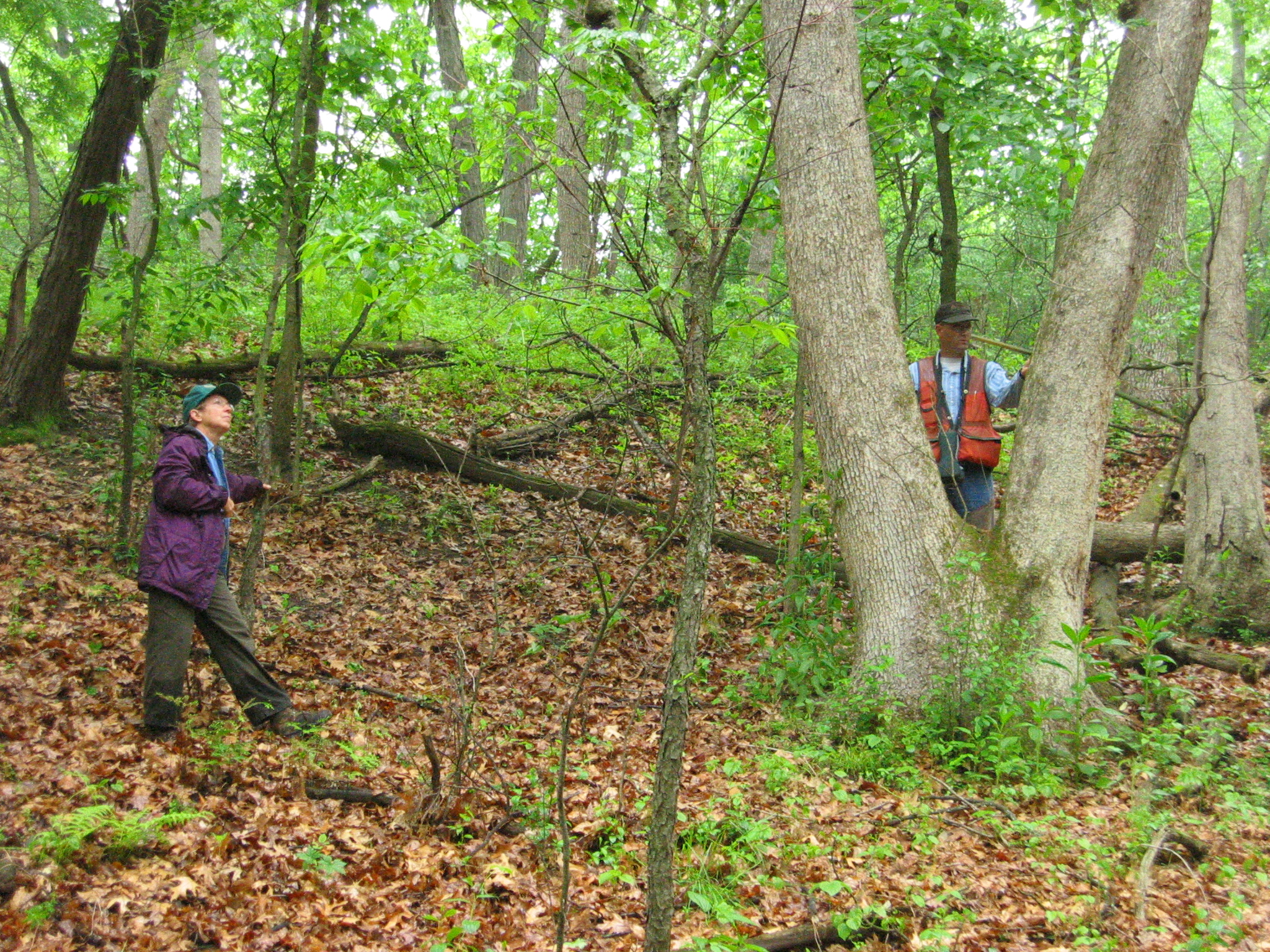I just got off the phone with Mike. Mike is a landowner in Marathon County who just purchased some property, and was floundering a bit with where to start. He has 80 acres of land that had been used for hay, has some wet areas, and he would like to see more wildlife on the property. With the exception of maybe 10 acres, there aren’t many trees on the property at the moment. He had heard about a tax program, and was curious about that too. With the classes that my colleagues and I teach, we often run into stories similar to this one. Usually landowners have an idea of some things they want to do in their woods, but don’t know where to start, and aren’t sure they can afford it. In this month’s article, we’ll talk about some cost-share programs available to landowners to help get some of those projects moving.
When we encounter landowners who aren’t even sure where to start, we usually refer them to the DNR foresters to do a property walk-thru. These foresters can help assess what resources a landowner has, and give them an idea of where to start. Although this isn’t specifically a cost-share program, it is free to landowners in the state, and can serve as a baseline to landowners before they pay for anything. Most often, a DNR forester can give a few ideas of projects or activities to do with the land, but they will likely encourage a landowner to get a more detailed management plan written by a consulting forester. This comes at a cost, so this is when cost-share programs come into play.
The DNR has a cost-share program called Wisconsin Forest Landowner Grant Program, also called WFLGP (often pronounced wifflegap… we in government like our acronyms). This program will pay landowners up to 50% of their costs for various projects, including management plan development, tree planting, forest health and improvement, and soil/water protection and improvement. So this program can help offset the costs for a stewardship plan, or for a management plan to qualify for the Managed Forest Law (tax program). Other landowners are interested in this program because they want to convert open land to forest through tree planting. In that case, a landowner can use their own time planting the trees as part of their cost-share contribution, and use the provided dollars to pay for trees and rent a planting machine.
In my part of the state, much of the woodland is associated with farm land, where landowners are actively farming and are enrolled in federal farming programs. This opens their access to a whole different set of cost-share programs. That said, these funds are also available to non-farmers since these federal programs actually consider forestry a farming activity. However, they will require a little more investment up front to get enrolled in these programs. Each county in the state decides which programs and which “resource concerns” they want to address, so a landowner would work with their county Natural Resource Conservation Service (NRCS) office to see what dollars are available. Let me give a taste of what might be available through EQIP, CSP, WRE, and CRP (see… lots of letters). Cost-share is available for forest management plans, tree planting, post-planting maintenance, trail development, and creation/improvement of wildlife habitat.
There are also a variety of wildlife focused organizations in the state; Wild Turkey Federation, Ruffed Grouse Society, and Trout Unlimited just to name a few. These organizations often have funds for habitat projects in important habitat areas. For example, where trout streams are critical, Trout Unlimited may help with streambank restoration projects. You can also start by talking to your local DNR wildlife specialist, and they may be able to point you in a more specific direction.
Although it is not exactly a cost-share program, we often get questions about “that tax program thing”. That program is called Managed Forest Law (MFL), and in exchange for actively managing woodland property, owners qualify for a reduced tax rate. To qualify for the program, owners need to enter a minimum of 20 acres, and submit a management plan written by a qualified forester. (A quick note: most of these programs require minimum acreages, and in the forestry world, 10 or 20 acres are considered “manageable”.) The DNR forester will be able to share more information with on this program, but check out the WI DNR MFL website for basic information.
Bottom-line, Mike has numerous options to move forward with some projects for his property, which will help him get what he wants out of his land. His first stop will be the DNR forester… well after his friendly UW-Extension educator.
